The new BMW X5 and X6 have arrived and bring with them some new powertrains, including a potent plug-in hybrid rated at 125 km/l.
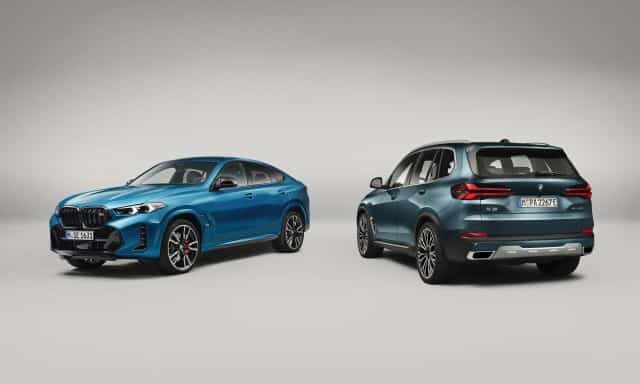
The first-ever sports activity vehicle has come a long way and spawned a multitude of pretenders as well. The BMW X5 has been a winning formula for the Bavarian marque and shows no sign of slowing down. The introduction of the new model brings with it a slew of updates, new powertrains and a more potent version of the plug-in hybrid X5, the new xDrive50e.
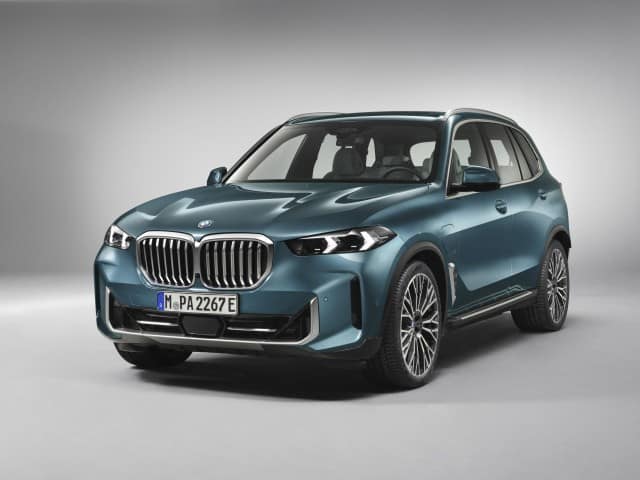
The new BMW X5 and X6 come as standard with the design features of xLine specification, highlighting their modern and robust profile. All powertrains now feature electrification, with 48-volt mild-hybrid 30d, 40i, and M60i options adding a 9.0-kW integrated starter-generator that assist with up to 12 hp and 200 Nm. The xDrive30d version of the X5 and X6 packs an updated six-cylinder diesel engine, with an injection pressure of 2,500 bar and up to 12 injections per cycle, putting out 298 hp and 670 Nm. The X6 also gets a 40i six-pot petrol with 380 hp and 540 Nm, while the X5 gets a xDrive50e plug-in hybrid instead. This combines the 3.0-litre straight-six with a 145-kW motor and 25.7-kWh battery pack for a combined 490 hp and 700 Nm, and a pure electric range of up to 110 km (WLTP) and a fuel efficiency of up to 0.8 litres/100 km or 125 km/l.
An M Sport package is also on offer, bringing design elements that reference the models‘ sportier capabilities and take on a model-specific form for the range-topping BMW X5 M60i xDrive. The X6 gets this package as standard. The M60i is now a V8 powertrain, with a mild-hybrid 4.4-litre TwinPower Turbo unit putting out a peak 530 hp and 750 Nm, good for a 0-100 km/h sprint time of just 4.3 seconds.
All model variants of the new BMW X5 and X6 adopt the new design for the signature BMW headlights and BMW kidney grille wiht a surround and bars in pearl-effect chrome and offered with Iconic Glow illumination across the model lines. The outline of the new headlight units is narrower and joined by arrow-shaped daytime lights that also serve as turn signal indicators. Matrix LED headlights are available as an option with adaptive control and BMW Selective Beam non-dazzling high beam.
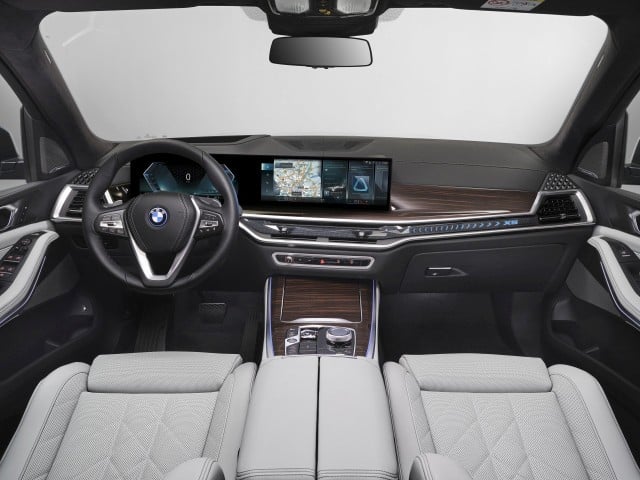
Inside, the modern and high-quality cabin is accentuated by the fully digital curved display, made up of a 12.3- inch information display behind the steering wheel and a control display with a 14.9-inch screen, both located behind a single glass surface. Multimedia choices include everything from a Harman Kardon surround sound system with a 16-speaker setup and 415-watt amplifier, to the Bowers & Wilkins Diamond Surround Sound System with 20 speakers and 1,500-watt amplifier, making for an immersively clear and multi-layered 3D sound experience for people in all seats.
The xOffroad package brings adaptive two-axle air suspension along with the M Sport differential and four driving modes: xSnow, xSand, xGravel and xRocks. For off-road driving, the vehicle body can be raised by 20 or 40 millimetres, depending on vehicle speed, at the press of a button.
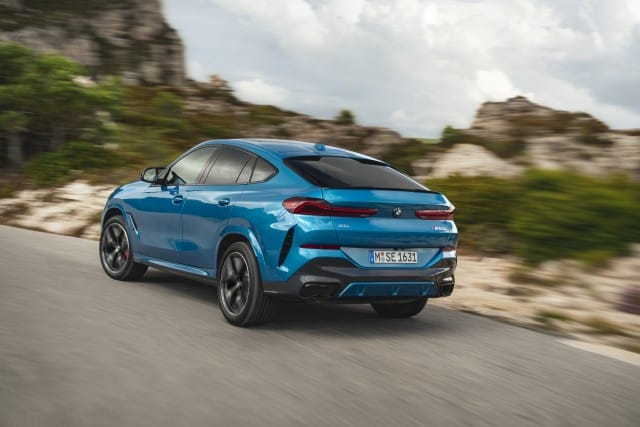
BMW X5 and X6 M and M Competition
The higher performance X5 M and X6 M were also released with the 4.4-litre M TwinPower Turbo V8 turned up to 600 hp and 750 Nm. The highest performance M Competition versions get an even more intense 625 hp. The 0-100 km/h here drops to 3.9 seconds. The new version of the M xDrive all-wheel-drive system teams up with the Active M Differential at the rear axle. The M Setup menu lets the driver switch from the default “4WD” setting to “4WD Sport” which allows controlled drifts by splitting power with a proper rear-wheel bias.
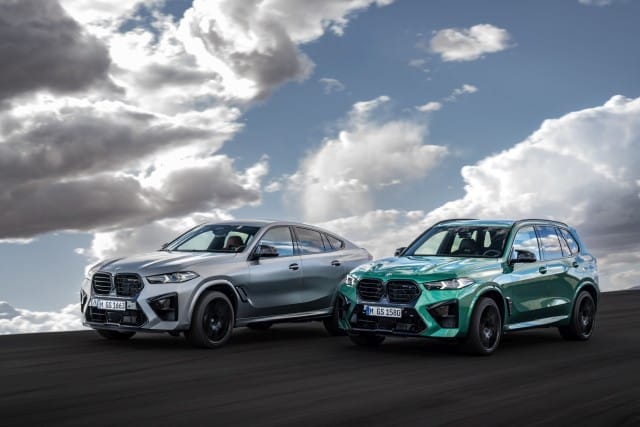
Deliveries of the new models will begin this April in Europe. We hope to see the new X5 and X6 in India later this year.
BMW iX5 Hydrogen
BMW have also begun their pilot project for the hydrogen-fuelled iX5. The hydrogen fuel cell electric vehicle (H-FCEV) will offer zero-carbon-emission drive capability with just water vapour (H2O) being the result of the new powertrain. The iX5 Hydrogen uses a fuel cell systems from their in-house competence centre for hydrogen in Munich, whereas the individual fuel cells are sourced from Toyota. The powertrain is capable of generating a high continuous output of 125 kW (170 hp) and a peak output of 295 kW (401 hp).
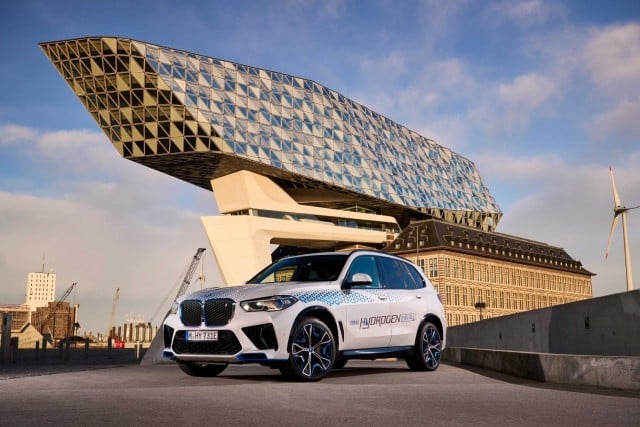




















Leave a Reply